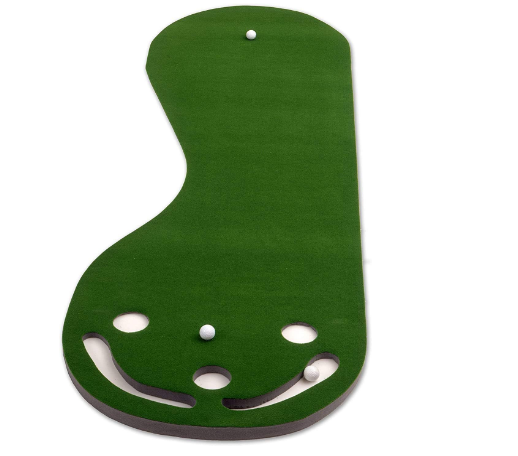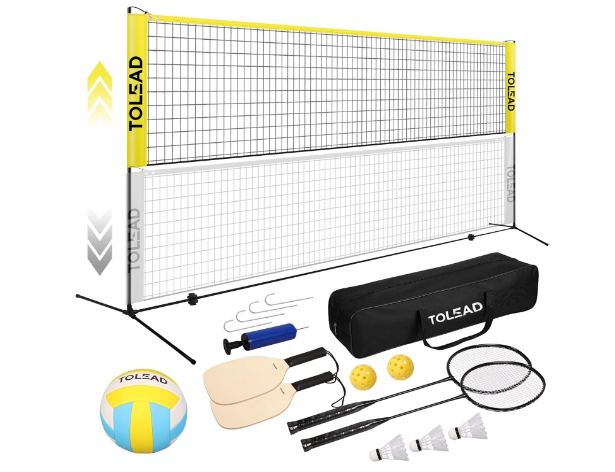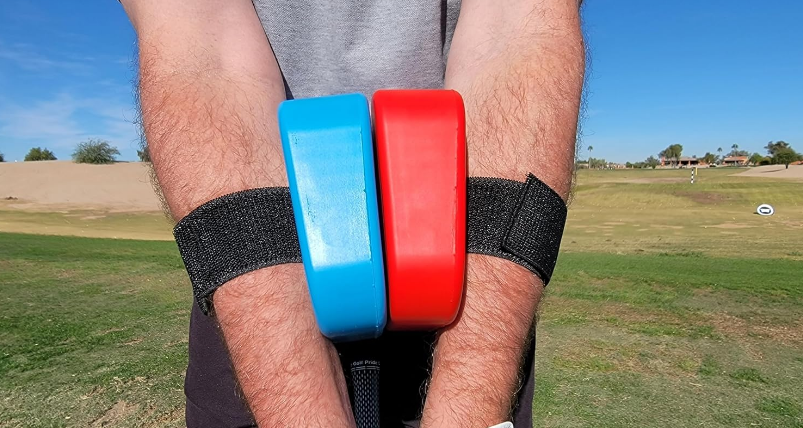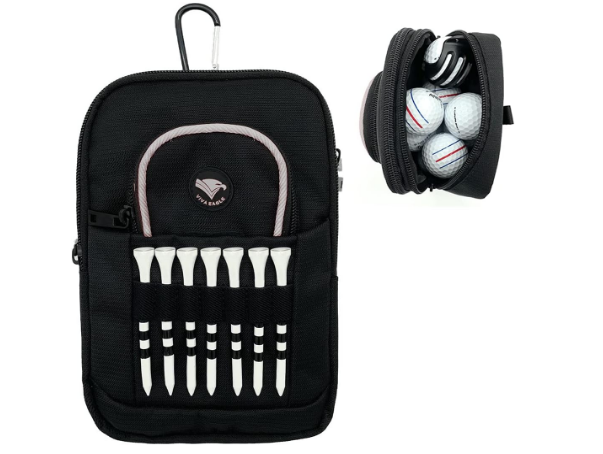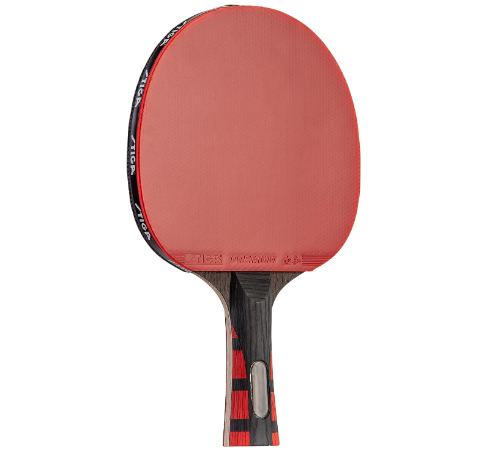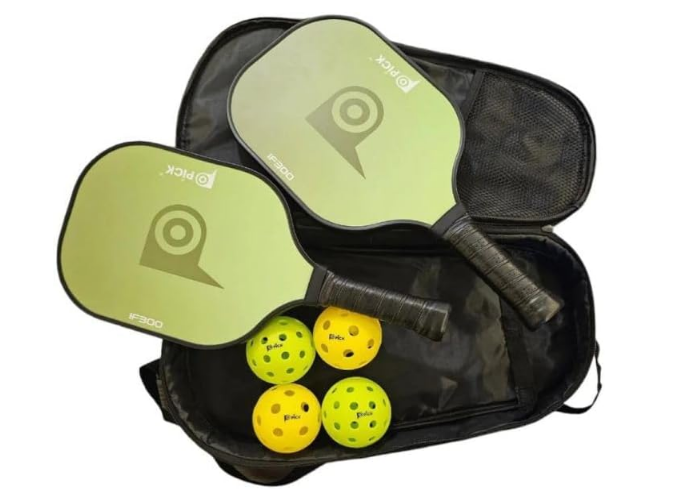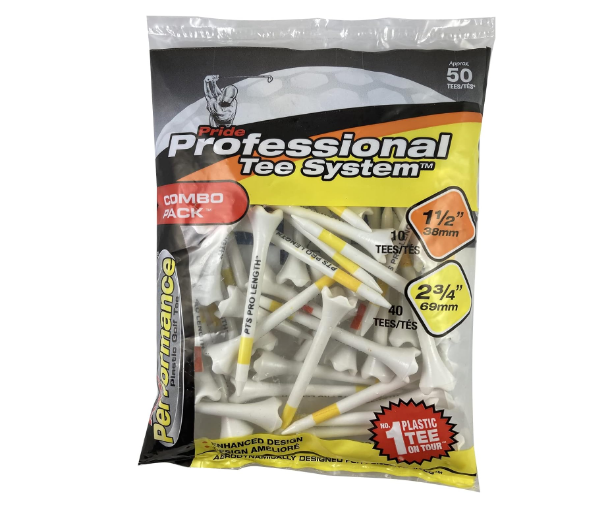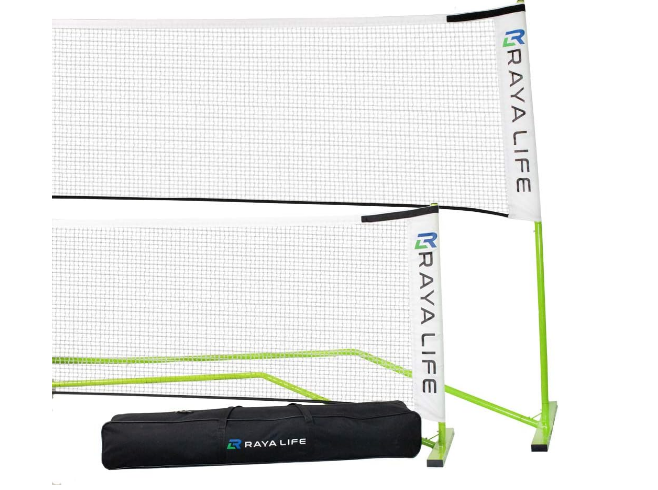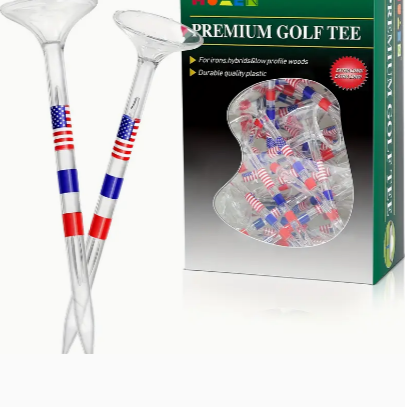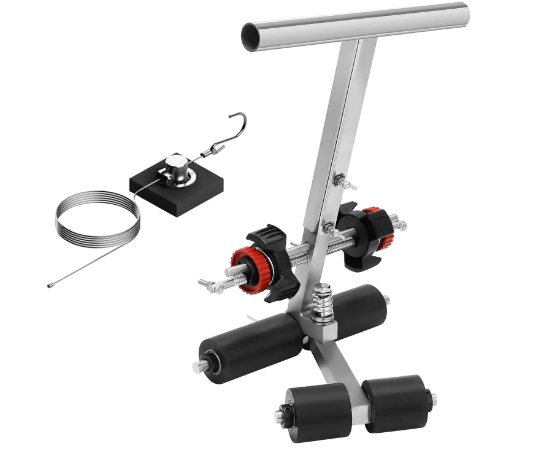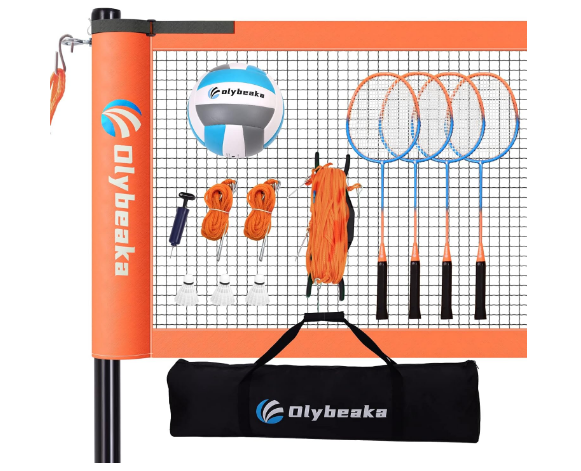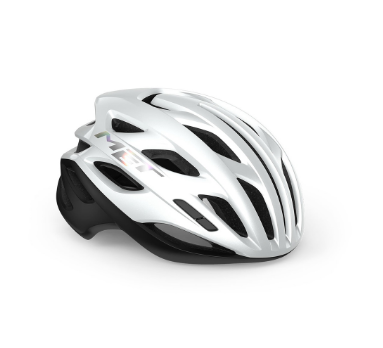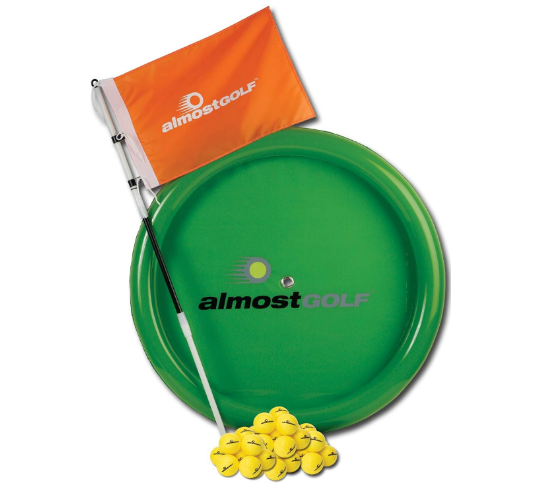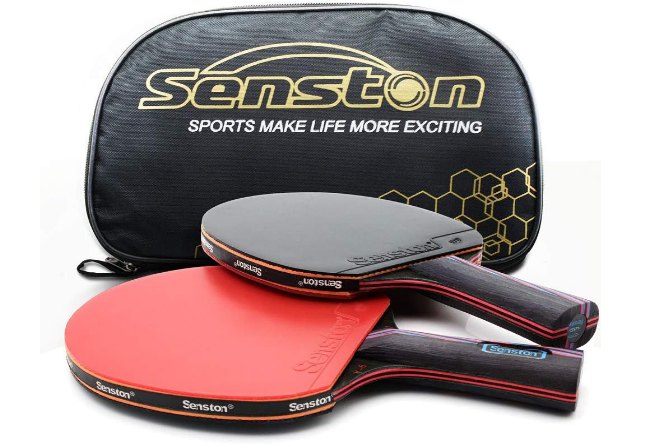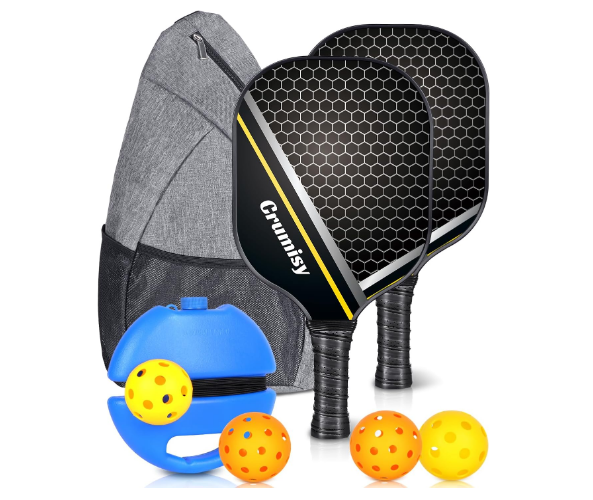Pickleball Paddles Set of 2,Lightweight Pickleball Rackets with 2 Outdor Balls,2 Indoor Balls and 2 Bar Grip Replacement Straps,Carbon Fiber Surface,Portable Carry Bag
(0 Reviews)
In stock
Price:
₱3,769.00
Refund:
Share:
Sold By
LDPh A Merchandise
125 Durian Park Old Domestic Road 191 Zone 20 Pasay City
(0 customer reviews)
Top Selling Products
-
Par Three Golf Putting Green (3' x 9')
₱4,085.00 -
Spalding 12" Single Action Pump
₱1,317.00
ALL PRODUCTS ARE COMING FROM US
ETA:60 DAYS
ACCEPTED PAYMENT METHODS:CREDIT CARD AND GCASH ONLY
Product Description
There have been no reviews for this product yet.
Related Products
"Lahat Dito Philippines" is a free multi-vendor e-commerce platform, providing a wide variety of physical and digital products online for the Filipino people. Supporting local businesses and resellers nationwide. Our mission is to create a safe platform for sellers and provide a flexible and convenient shopping experience for customers. Together with our commitment and your support, we will be able to grow and keep this platform to promote local businesses. #shoplocal #supportlocal #lahatditoph #kliktayodito
Contact Info
- Address: 125 Durian Park, Old Domestic Road, 191 Zone 20, Pasay City, Philippines
- Phone:
- Email: [email protected]
